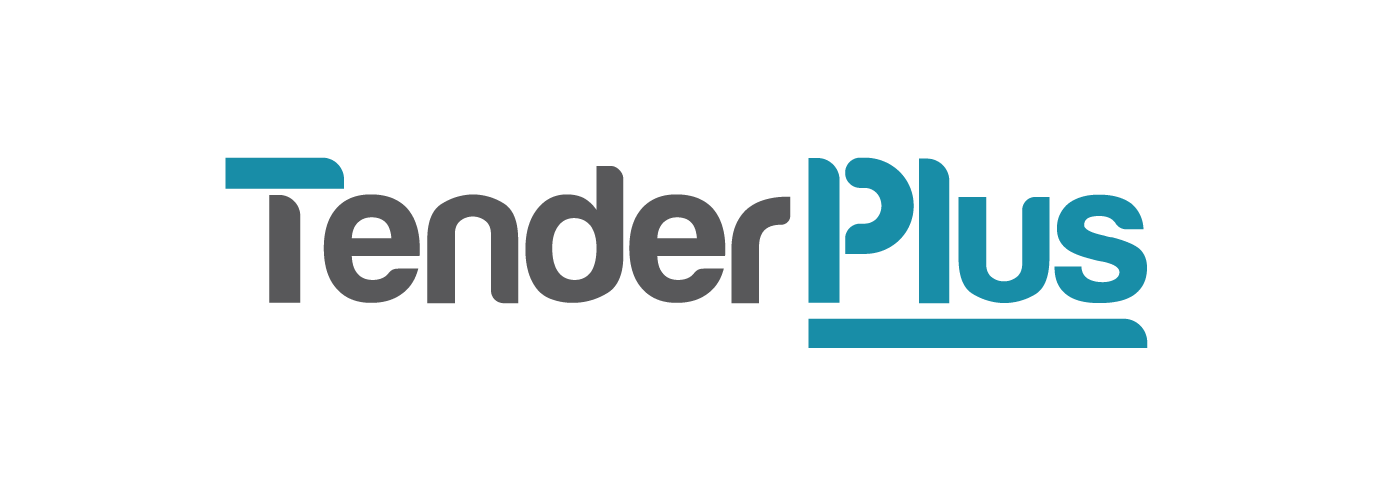But how do we break them down?
3 min read
by Deborah Mazoudier, Principal
How many lessons learned workshops post tender have you attended? Lots? Me too – either attended or contribute to them. And I bet there are some recurring themes. Bid / no bid decision was made too late and we lost time; we didn’t get as much out of the review process as we should have; we should have used the clarification process more effectively; review didn’t quite go as planned; governance proved a hindrance rather than a help.
And how about this one? There were silos.
Silos. It’s a constant refrain. And sadly, a refrain most often heard either at the very beginning of a tender, i.e. we want to avoid silos or at the very end, i.e. there were silos and we should avoid that next time.
But how? Well a few thoughts come to mind.
Attack the silos before they can even form. Silos very often arise when companies insist on sticking to their scope. Just their scope. No more than their scope. So, make part of their scope working with others. I’m serious. Embed it in the contract. Interface, collaboration, engagement and information sharing with other workstreams is part of the expectation of the job. It’s not some fuzzy caring feeling that might arise on the bid from a “team charter”, it’s something that has to happen contractually.
Ensure that either before or just after the kickstart meeting when everyone comes together for the first time, you have team building activities. Yes plural. I know, shock horror! People need to get to know each other – quickly. That means you have to do more than one thing. Have a BBQ … go to an escape room … paint ball … have a bake off … whatever it takes to immediately start to break down some of the barriers to engagement and communication and start to build cohesion.
Make information first-hand. Invite key people from other workstreams to workshops and meetings where your thought process and decision making is likely to impact on their solution or where their input is likely to enhance yours.
Stop limiting the “need to know”. Unless it is information that genuinely needs to be kept between a select group of people or is highly confidential, share updates, challenges, opportunities and solutions across the team regularly. For example, hold 10-minute rotating “stand-up” update sessions every two days where workstreams share their emerging solutions. Or have a weekly wrap up each Friday to reflect on the good, bad and ugly of the week before arranging some drinks and nibbles. Make the sharing of information and ideas the norm not the exception.
Use language that creates cohesion not division. Always “we”, “us” and “ours”. Not “they”, “them” and “theirs”. Refer to the technical contribution / workstream of each company rather than the company itself. To be the “one team” that so many tenders refer to, the language has to lead to actions that reflect it.
So, next time you are frustrated because there are silos on a tender, don’t wait until the next lesson learned workshop after the tender is finished. Grab a bunch of like-minded people, think of some solutions to break down the silos, share them with the leadership of the bid, and take action to change it for the sake of the bid.
